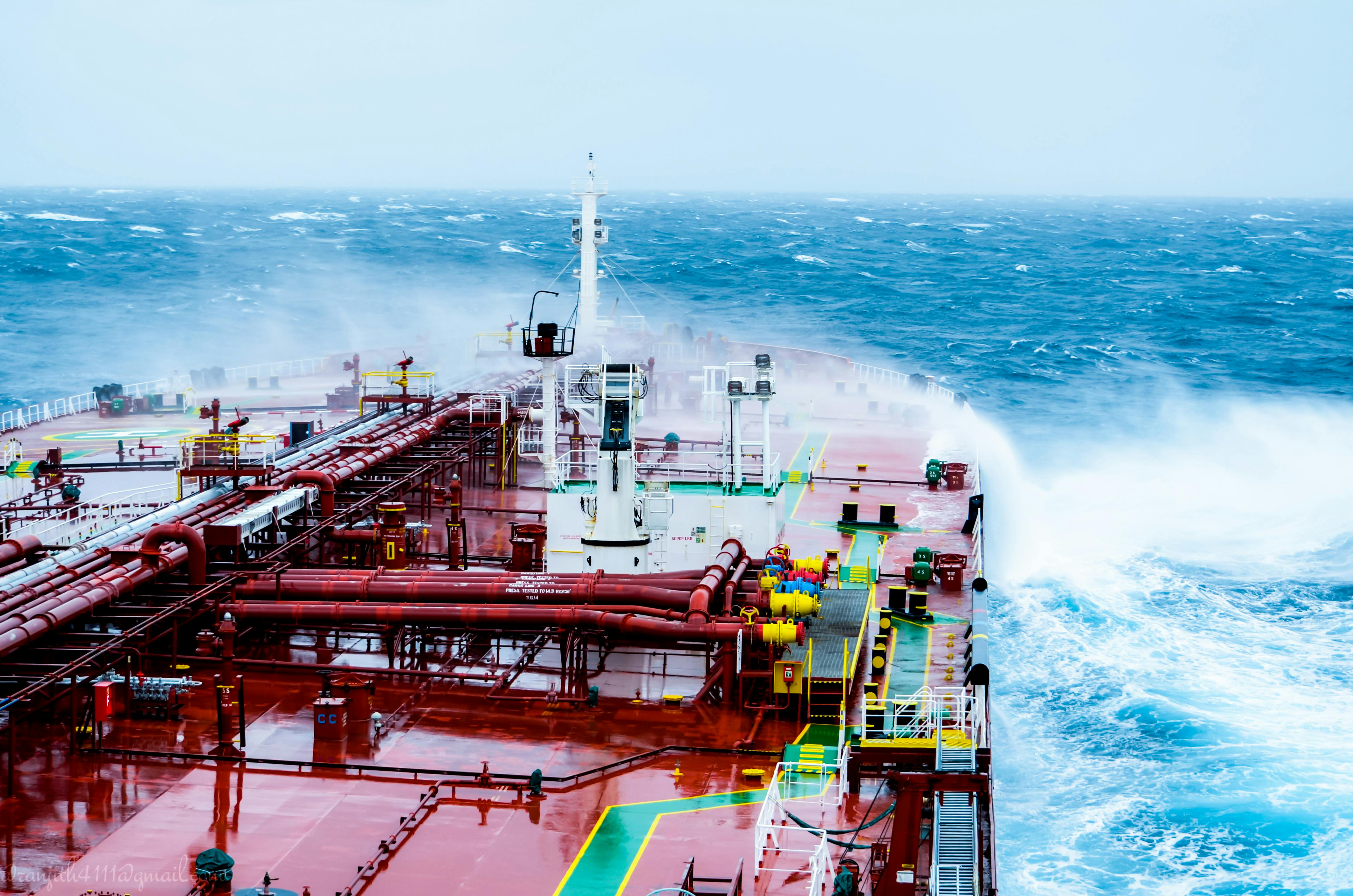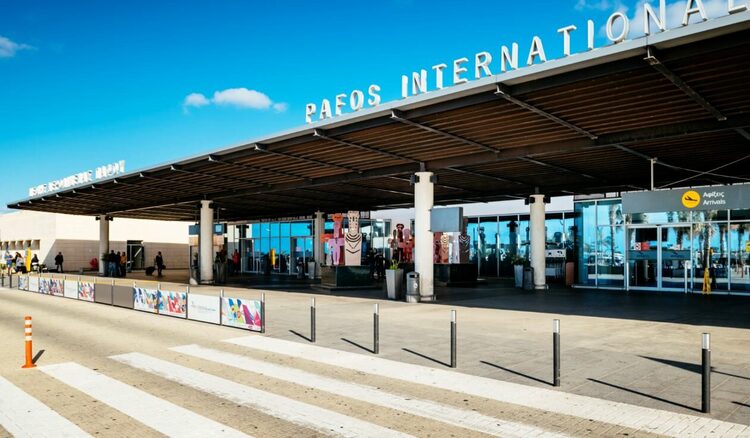The International Maritime Organisation’s (IMO) decision to postpone the adoption of its proposed Net Zero Framework has sent ripples through the shipping and energy markets, with analysts warning that the delay could reshape the industry’s decarbonisation path and distort investment in next-generation fleets.
According to Jefferies’ analyst Omar Nokta and his team, “a consequence of last week’s indecision will be a shift back to conventional fuel engines for new vessel orders and for many of those currently in the orderbook.”
Their analysis, issued following the IMO’s retreat, cautions that the organisation’s climate ambitions, a 40 per cent reduction in greenhouse gas emissions by 2030 and net zero by 2050 relative to 2008 levels, are now in jeopardy.
For years, uncertainty over viable fuels had already weighed on newbuild demand, as the IMO’s long-term plans for a carbon pricing mechanism remained under negotiation.
Dual-fuel or alternatively fuelled vessels are considerably more expensive than their conventionally fuelled counterparts, with Jefferies estimating that dual-fuel “capable” ships, able to operate on alternative fuels from delivery, cost $10–15 million more than conventional or “ready” ships, which can be converted later.
Citing Clarksons data, Jefferies notes that while 41 per cent of the global orderbook now consists of dual-fuel or alternative propulsion vessels, only 16 per cent are equipped to use alternative fuels immediately upon entering service.
This has led to a growing trend of converting “capable” orders into “ready” configurations to lower capital expenditure, particularly for deliveries from 2027 onwards, when engine changes remain feasible.
“The trend of dual-fuel ship orders had leaned towards LNG,” Jefferies added, “amid concerns about methanol availability and ammonia safety.”
This was most visible during last year’s surge in containership newbuildings, when industry giants who had initially pursued methanol opted instead for LNG dual-fuel systems.
In this context, the postponement of the IMO’s Net Zero Framework, which would have introduced the first binding global carbon pricing mechanism under international law, has broader implications.
The framework would have required ships engaged in international trade to meet annual emissions-intensity limits, with non-compliant operators purchasing “remedial units” priced at $100 and $380 per tonne of CO2 equivalent.
These fixed-tier penalties were intended to incentivise the transition to low-emission fuels such as green methanol and ammonia, while generating an estimated $11–13 billion annually for a new Net-Zero Fund to support the fuel transition and climate adaptation projects.
However, experts warn that postponing the framework’s adoption risks delaying critical investment decisions and widening disparities between large and small operators.
Analysts at Columbia University’s Center on Global Energy Policy (CGEP), led by Evelyne Williams and Trevor Sutton, note that “large shipping firms are considerably more likely to absorb the added cost of remedial units and retrofitting their fleet,” thanks to access to capital, fuel contracts and credit trading mechanisms.
Smaller operators, they caution, will face greater difficulty meeting compliance costs, often resorting to slower operations or passing expenses to customers.
The Columbia team further emphasises that the impacts will vary across trade routes.
“On highly competitive routes, carriers have an incentive to absorb part of the compliance costs to protect market share,” they wrote, “whereas on routes with limited service or monopolistic conditions, carriers facing little competitive pressure are more inclined to pass the full costs on to consumers and exporters.”
The IMO’s framework also envisaged the Net-Zero Fund as a corrective mechanism to offset cost disparities between conventional and low-emission fuels, while supporting vulnerable states and smaller carriers.
Yet implementing such a mechanism within two years poses significant challenges. The IMO, primarily a regulatory body, would need to develop governance systems and disbursement protocols for one of the largest climate funds in the world, on a scale and timeline far exceeding that of the Green Climate Fund, which took five years to operationalise.
Without rapid progress, analysts warn that the compliance burden could hit small island developing states (SIDS), developing economies, and thin-margin carriers hardest, long before financial assistance is available. For many, the cost of compliance could translate into reduced service frequency, higher shipping rates, or slower speeds to conserve fuel.
Moreover, the framework’s fixed carbon prices could distort incentives by anchoring transitional fuels like LNG just below the penalty threshold, discouraging further innovation.
Without regular adjustments and coordinated investment in bunkering infrastructure, ship retrofits and safety standards, the sector risks becoming trapped in a “transitional compliance equilibrium”, meeting regulatory thresholds without achieving true decarbonisation.
Verification also remains a concern. Under the current design, monitoring, reporting and verification (MRV) would rely heavily on self-reporting and national port authorities, exposing the system to inconsistencies and enforcement gaps across jurisdictions.
While major maritime hubs such as Rotterdam, Singapore and London are expected to anchor compliance globally, the risk of “dirty corridors”, older, higher-emission vessels confined to non-participating ports, remains.
Despite the postponement, the debate around the IMO’s Net Zero Framework has emphasised how the shipping industry’s decarbonisation will depend not just on fuel technology but also on financial equity, infrastructure readiness and regulatory credibility.
As Jefferies concludes, “the market may see near-term cost relief, but the long-term achievement of Net Zero ambitions remains deeply uncertain.”
And as Columbia’s Sutton and Williams argue, the success or failure of the framework will ultimately hinge on whether the IMO can balance the costs of compliance with the urgency of transition, ensuring that the path to cleaner shipping does not leave the most vulnerable operators and economies behind.







Click here to change your cookie preferences